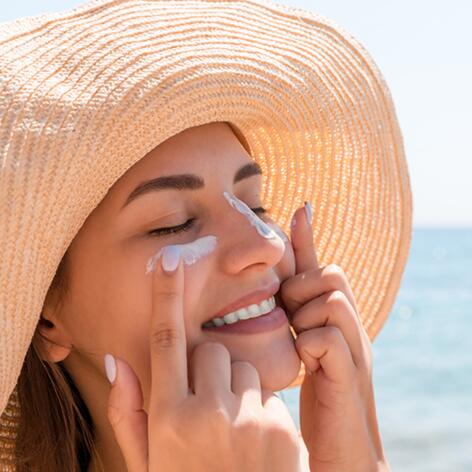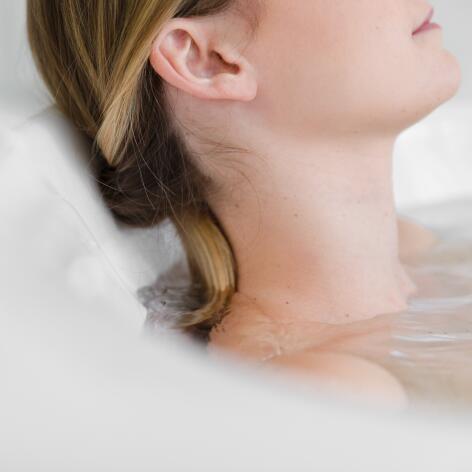The best sunscreen serum for protected skin
Calling all Australians!
Living in one of the harshest climates in the world means that we should all be on our best SPF game every day of the year. Sadly, with only 30% of Aussies using sunscreen daily*, we know not everyone has this habit down pat.
With this in mind, let’s aim to be applying the best sun protection this summer – and how better to do it than with sunscreens created right here in Australia?

What does a sunscreen serum do, and why should you care?
Sunscreen serums are the next evolution in sun protection. These ultra-lightweight, fluid-like formulas not only shield your skin from harmful UVB/UVA rays, but also double as skincare powerhouses. Packed with ingredients like hyaluronic acid, aloe, and vitamin E, they hydrate, soothe, and protect your skin, leaving it looking radiant without the sticky residue or dreaded white cast that many traditional sunscreens leave behind.
But is a sunscreen serum better than your regular sunscreen? While both sunscreen serums and traditional sunscreens offer essential UV protection, sunscreen serums have the edge when it comes to texture and ease of use. Their lightweight consistency absorbs quickly, making them perfect for daily use, especially under makeup. Traditional sunscreens can feel heavier, greasy, and sometimes cause clogged pores.


Fitting a sunscreen serum into your routine
So, what comes first? The sunscreen serum or the sunscreen? When it comes to the order of an SPF serum in your routine, we have some good news: It actually simplifies the process. Traditionally, you’d apply a serum, then a separate sunscreen, but now simply apply your sunscreen serum instead of your regular ol’ sunscreen directly after cleansing and toning for a seamless, all-in-one solution.
If you still want to use a separate face serum for specific concerns, simply layer your sunscreen serum on top and apply your makeup after. Just be sure to give each layer time to fully absorb! This approach ensures your skin gets the hydration and treatment it needs, followed by the UV protection. Keep in mind, though, that just because it comes in a serum-like formula, you shouldn’t skimp on the amount. To ensure full protection, apply about a quarter teaspoon to your face—just as you would with any sunscreen.
Which skin care routine should you adopt?
Identify what it really needs with the help of our experts and discover the most suitable skin care routine for you.




